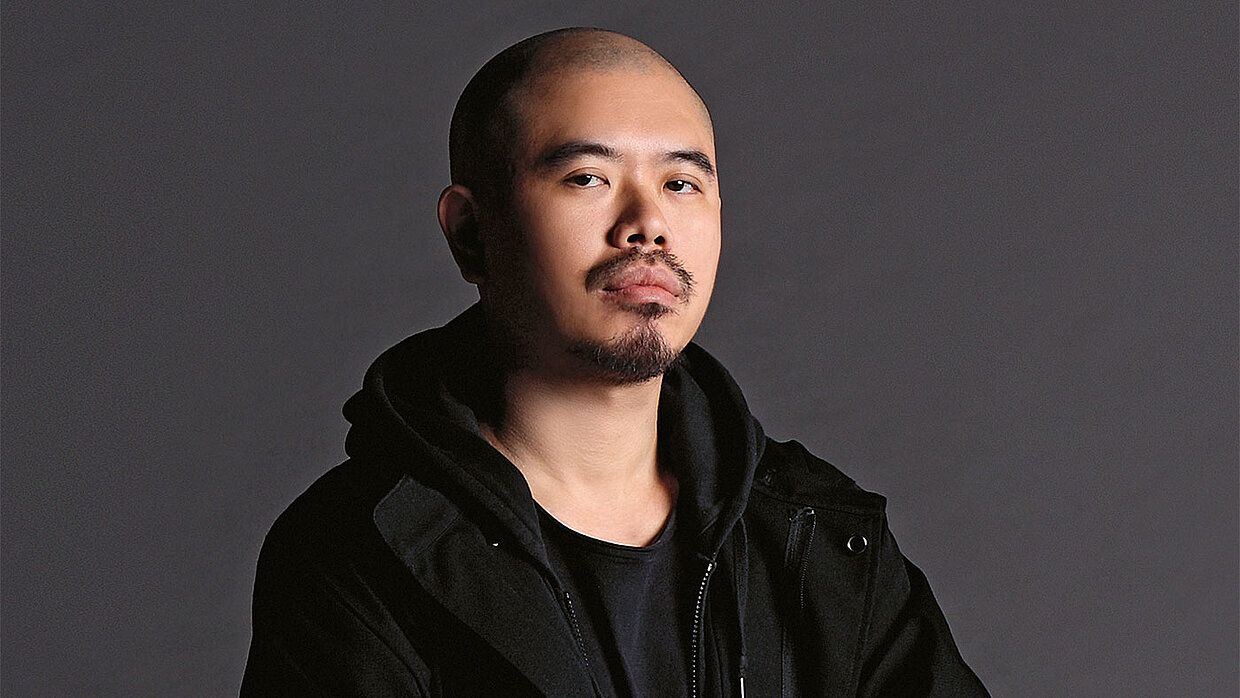
Muh Chen, Grass Jelly Studio — Grass Jelly Studio strives to move people with its work.

Timur Tukhvatullin is co-founder of Showroom Labs. His responsibilities there include how the product works, looks and is developed – and he is a self-taught designer. He started freelancing in 2007, worked in a variety of companies, from boutique design studios and small start-ups to global IT corporations. He enjoys working at the intersection of different disciplines, believes there is valuable in expanding his skills beyond design and likes complex tasks that require thought, trial and error. He loves to develop valuable, usable and high-quality tools for people – which is what he does.
Red Dot: Why did you become a designer?
Timur Tukhvatullin: I’ve been interested in it since I was a kid. I liked to doodle logos of computer games and music bands with coloured gel pens, trying to get as much similarity as possible. I liked drawing ornaments and abstract icons. But in the world of my childhood there was no design. Nobody knew what it was. Later, when I was in my 20s, a friend suggested I design a website for the company where he was working at the time. So, I created and sold my first website and then the second one. I fell in love with the industry and started looking for ways to be better. That’s how it all started. In short, I just love what I do and can’t imagine doing anything else.
What does design mean to you?
Once upon a time, “Design for the Real World” by Victor Papanek greatly influenced me. So, to this day I try to treat and approach design as conscious and intuitive effort to impose meaningful order.
To what extent do you think new technologies are changing design?
About as much as technology affects people in general. Some less, some more. On the one hand, new technologies speed up and simplify some parts of the work. At the same time, they devalue them. On the other hand, new technologies open up new spaces for work and give rise to subdisciplines that did not exist before. Do they change the design? I am not sure. I hope that notions of usefulness, quality, beauty, simplicity, clarity, uniqueness will be with us for a long time, regardless of technological progress.
How would you define good communication design?
For me, this is the design that has found the perfect balance between solving the objective, integrating into the environment and attracting people’s attention. The task is solved, the message is received, but no one paid much attention to it. It worked as naturally and seamlessly as possible.
What makes your work unique?
There are a few things we do differently. We started because we believed that there could be another approach to tool development. That it is possible to go your own way rather than doing everything by the book and on the basis of compromises. What makes us different in our process is that we work in a very interdisciplinary way. We navigate several expert disciplines at the same time. This helps us save time and move faster. In terms of design and product development we are not afraid to reinvent things, try new ideas and test a lot. Quite frequently, it then shoots up.